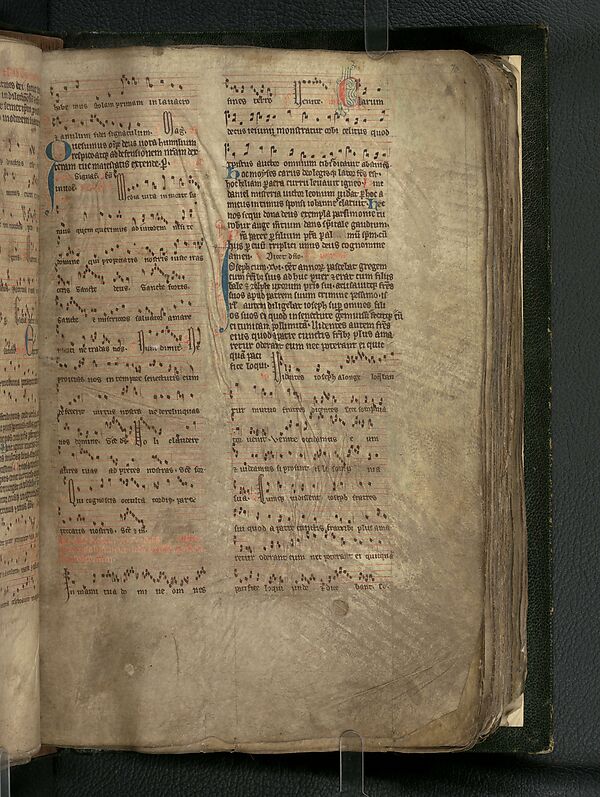Manuscripts.
Found in 6567 Collections and/or Records:
Kilberry book of piobaireachd, compiled by Archibald Campbell, numbers 87-104., 1909-1957, undated.
Kilberry book of piobaireachd, compiled by Archibald Campbell, numbers 105-122., 1903-1958, undated.
Kilberry book of piobaireachd, compiled by Archibald Campbell, numbers 123-134., 1911-1958, undated.
Kilberry book of piobaireachd, compiled by Archibald Campbell, numbers 135-147., 1911-1952, 1963, undated.
Kilberry book of piobaireachd, compiled by Archibald Campbell, numbers 148-161., 1910-1949, undated.
Kilberry book of piobaireachd, compiled by Archibald Campbell, numbers 162-184., 1892, 1911-1958, undated.
Kilberry book of piobaireachd, compiled by Archibald Campbell, numbers 185-200., 1911-1958, undated.
Kilberry book of piobaireachd, compiled by Archibald Campbell, numbers 201-218., 1910-1958, undated.
Kilberry book of piobaireachd, compiled by Archibald Campbell, numbers 219-241., 1911-1958, undated.
Kilberry book of piobaireachd, compiled by Archibald Campbell, numbers 242-262., 1911-1939, undated.
Kilberry book of piobaireachd, compiled by Archibald Campbell, numbers 263-290., 1910-1940, undated.
Kilberry book of piobaireachd: papers concerning piobaireachd, being the results of researches into the history of piobaireachd, the quality of the texts available, and problems of performance, compiled by Archibald Campbell, with the assistance of Colonel John P Grant of Rothiemurchus.
'Kilellan', a series of short plays written by Robert McLellan for television., 1960.
‘Kirk manuscripts’, copies of papers on ecclesiastical history, originally marked ‘B’., 17th century-18th century.
The volume consists of “The second pairt of the Historie of the kirk and Nation of Scotland and of England & Ireland, (as their case becums lyk ours) fra the death of King James till the death of his sonne King Charles” in sixteen books interspersed with many printed papers.
‘Kirk manuscripts’, copies of very miscellaneous papers on ecclesiastical history.
According to the folio catalogue (F.R.186) the volumes were originally marked ‘A’, ‘B’, ‘C’, ‘D’.
The description of the manuscripts in the folio catalogue (F.R.186) includes the reference: Jac.5.7.7-10.
'Kirstan and the Vikar: a parable in Scots' by Robert McLellan., 1959.
Kitâb-i-Mihr o Mushtarī, “The Book of Mihr and Mushtarī”.
Last letter written by Mary Queen of Scots, on 8 February, 1587 (the night before her execution), to her brother-in-law, Henri III of France.
Mary has been unable to obtain her papers in order to make her will. She is to be executed the following morning at 8 o`clock. She has been deprived of her chaplain. She recommends her servants to her brother-in-law, and begs that money may be provided to found an obit and to make the requisite distribution of alms.
Late 10th-century manuscript, produced in England, which contains a selection of the poetry of Coelius Sedulius, with glosses in Latin and Old English.
Late 12th-century manuscript containing the 'Panormia' of Ivo, Bishop of Chartres; with two diagrams of consanguinity, and short excerpts of Pope Alexander III.
Late 13th-century manuscript in Greek, written in Constantinople in the circle of Maximus Planudes, probably by Planudes himself, containing 'Meteora' by Cleomedes, and 'Phaenomena' by Aratus.

